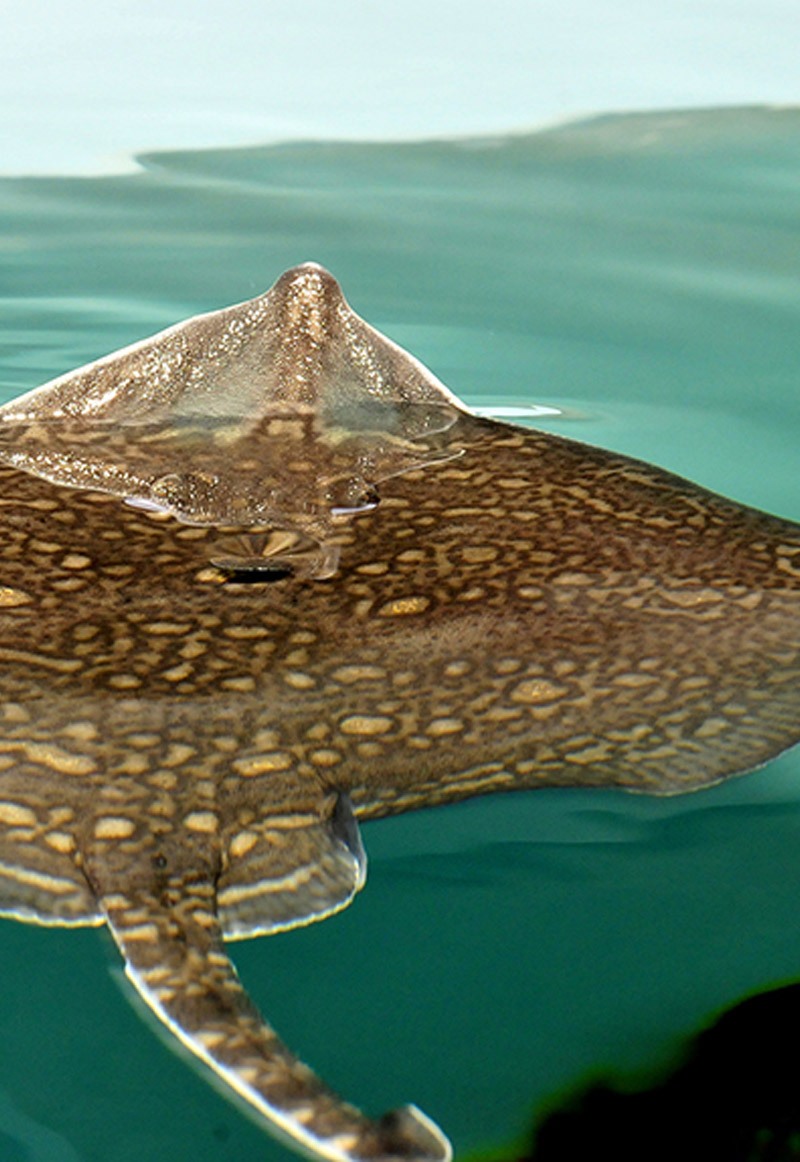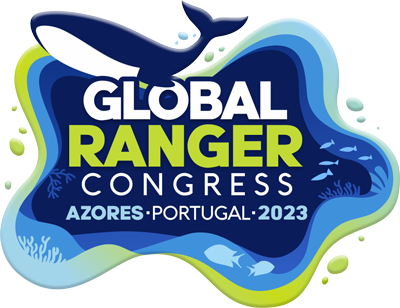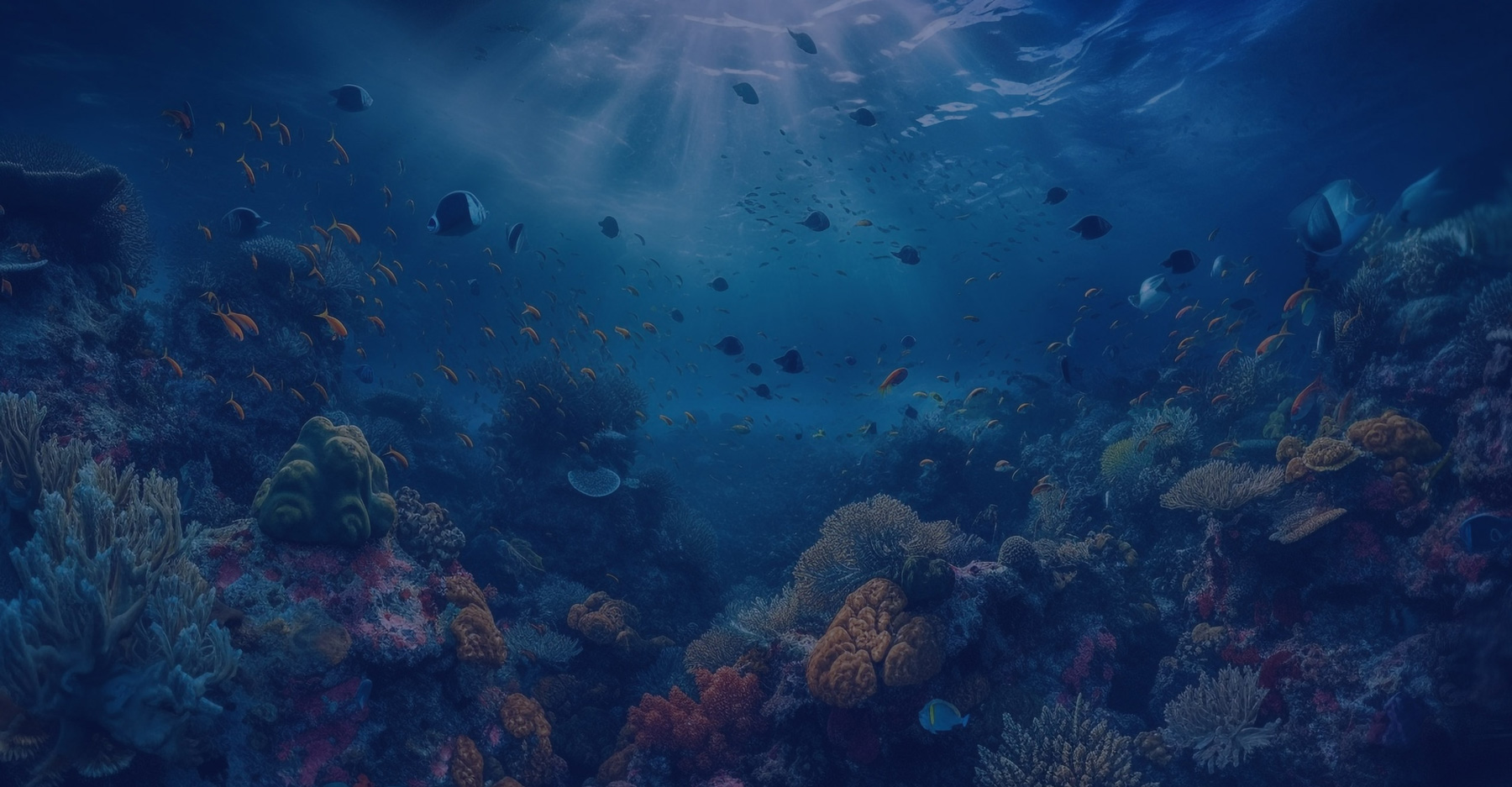The Azores Autonomous Region is composed of nine islands that extend themselves through a vast oceanic surface. The islands are very far from each other, for that reason they were sorted in three groups: East Group (Santa Maria and São Miguel), Central Group (Terceira, Graciosa, São Jorge, Pico and Faial) and Western Group (Flores and Corvo).
All the islands are elevated regions of the undersea mountain range – the mid-Atlantic ridge. The rocks are mainly volcanic (basalts).
The islands have a very pronounced relief characterised by volcanic cones still well preserved.
The highest point of the Portuguese territory is Pico with 2351 metres, at Pico island, being easily spotted from Faial island.
Faial island (the blue island) has 19.8 km of length and 14 km of maximum width, the island surface, 173.1 km2 has almost a pentagonal shape.
Faial is part of the Central Group and is the most western island of the so called “triangle”, the other islands are Pico and São Jorge. The highest point of the island (1043 metres) is located at Cabeço Gordo.
The name of the island comes from many specimens of Morella Faya (Fire Tree) that populate it.
The first official settlements were of Flemish and Portuguese ancestry and arrived at the island around 1465.
Volcanic Landscapes
The Caldeira is a volcanic depression with the perimeter of 7 km, which has walls covered with endemic species. At 450 metres below the Caldeira viewpoint, there is an intermittent lake and a small volcanic cone covered with the remains of the primitive Laurissilva forest.
On the western end of the island, the Capelinhos volcano raises majestically, evidence of the last eruption in Azores. The grey ashes and the volcano residues expelled between 1957 and 1958 only now have started to be invaded by the green vegetation that tries to colonise the new territory.
From Faial island, the surrounding islands can be observed. From the ruins of Ponta da Ribeirinha lighthouse, it is possible to see the São Jorge volcano outline. In front of Horta’s bay, you can see the magnificent Pico mountain.
On the western side of the island, the coast is characterised by majestic cliffs between Ribeira Funda and Norte beach, located between Morro de Castelo Brando and Varadouro. These are almost always submerged, given origin to the rocky cliffs of Capelo that extend in the west side, being the most recent geological area of the island.
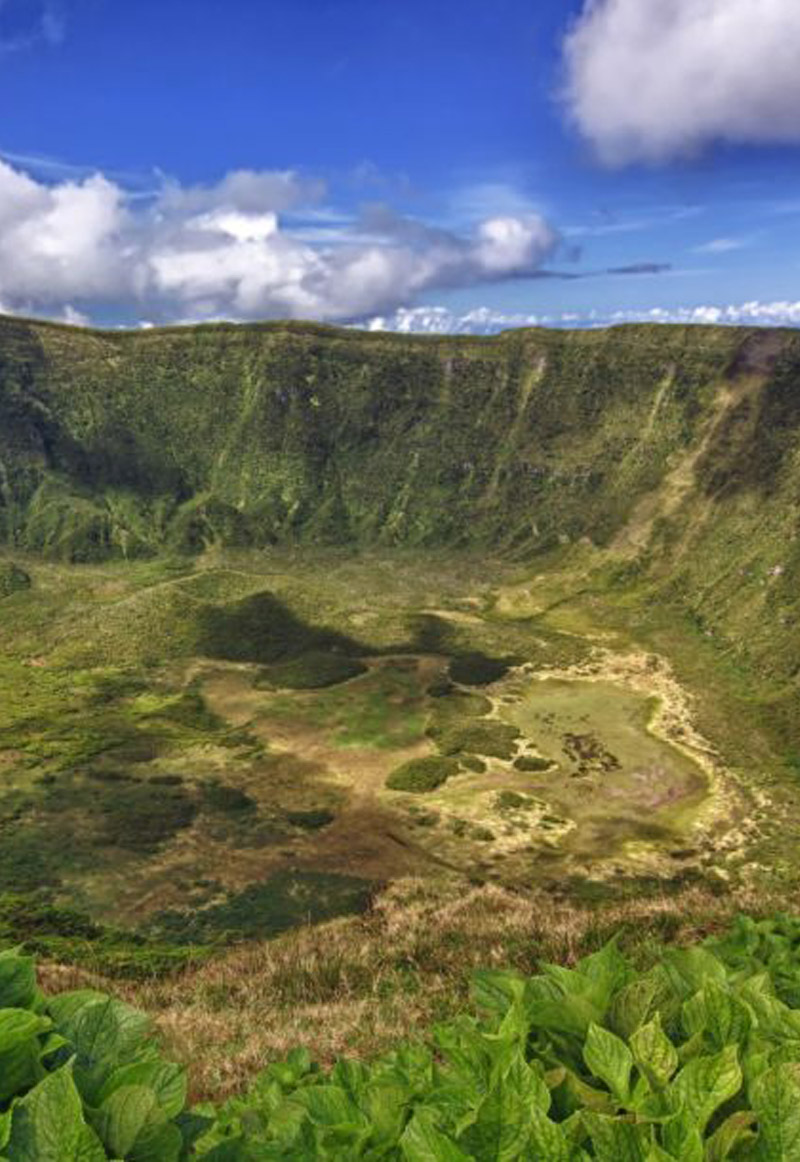


Beaches
Porto Pim, white sand beach, is naturally sheltered from the currents and winds by the Monte Queimado and Monte da Guia.
Almoxarife Beach, has a long strip of black sand, very common place to practice surf.
Norte Beach, black sand beach, sheltered by high cliffs, very common place to practice surf.
Conceição or Alagoa Beach is a small beach with black sand next to the ferry terminal.
Natural Pools
At Faial island there are several natural pools scattered along the coast to enjoy during your stay, the most well known ones are: Varadouro, Castelo Branco, Porto do Comprido, Porto da Eira, Porto do Salão and Boca da Ribeira.
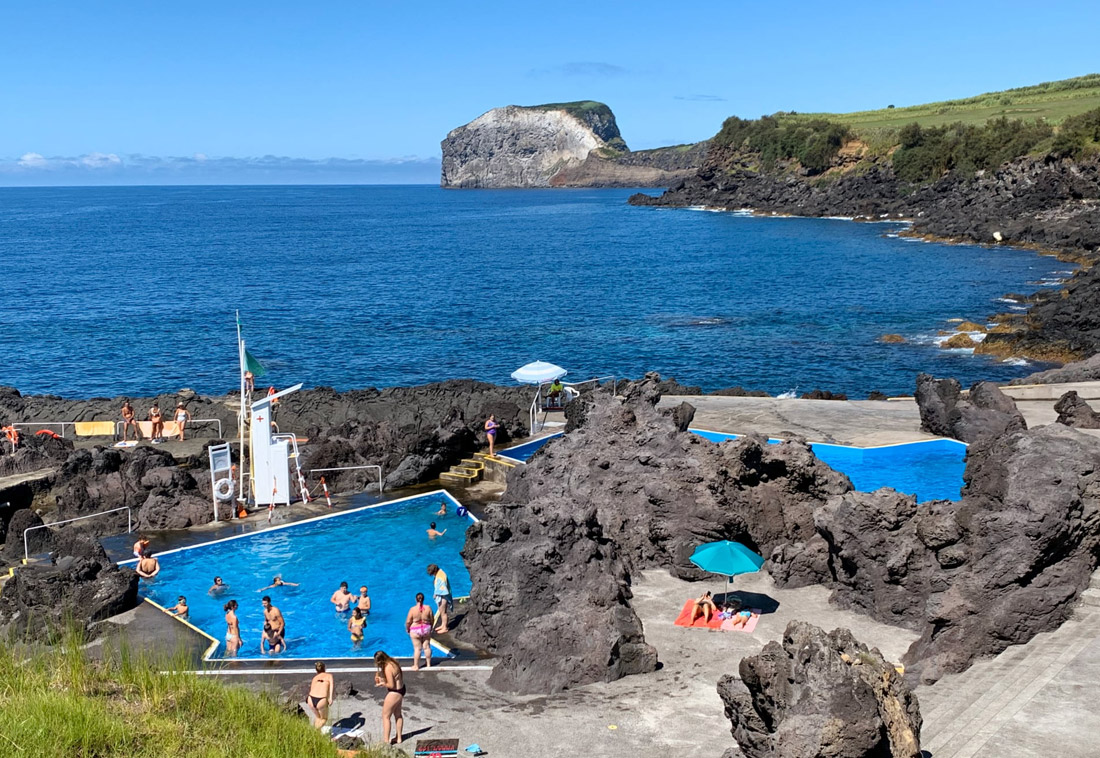

Heritage
The São Salvador church, with its interior heavily decorated with sculptured wood with gold panels and tiles is distinguishable from the urban landscape.
The house architecture demonstrates the international spirit and the secular cosmopolitan character of the island.
The homes built in the XX century to house English, German and French communities that worked in the telegraphic and communication stations were integrated in the oldest evidence of this cosmopolitanism.
The eclectic environment continues to be Horta’s appanage, where it is located the legendary Peter Café Sport, meeting point for travellers and sailors across the world.
As a tradition, all the sailors that depart from Horta’s port must leave a painting in the pier’s grey concrete, if they do it, their boat will arrive safely to its destination.
Culture
Part of the Faial island can be known by visiting the Horta Museum, in the old Jesuit College, thanks to its well documented ethnographic, photographic and artistic collections.
In the old Baleia (whale) factory in Porto Pim, there is a museological complex that exhibits a weapon / tool collection of the whale hunt (now extinct).
The Scrimshaw Museum, which belongs to Peter Café Sport, has a whale bone and tooth sculpted object collection, evidence of a time when whales were the source of income for many families of the archipelago and the inspiration of local handcrafters.
The handcrafts made on the Faial island from fig marrow are so famous that the Horta Museum has a full room dedicated to the legacy of Master Euclides Rosa.
The handcraft school of Capelo tries to preserve the talent of the local handcrafters, which express themselves through fish scales, flowers, and embroidery in straw strands on tulle.

